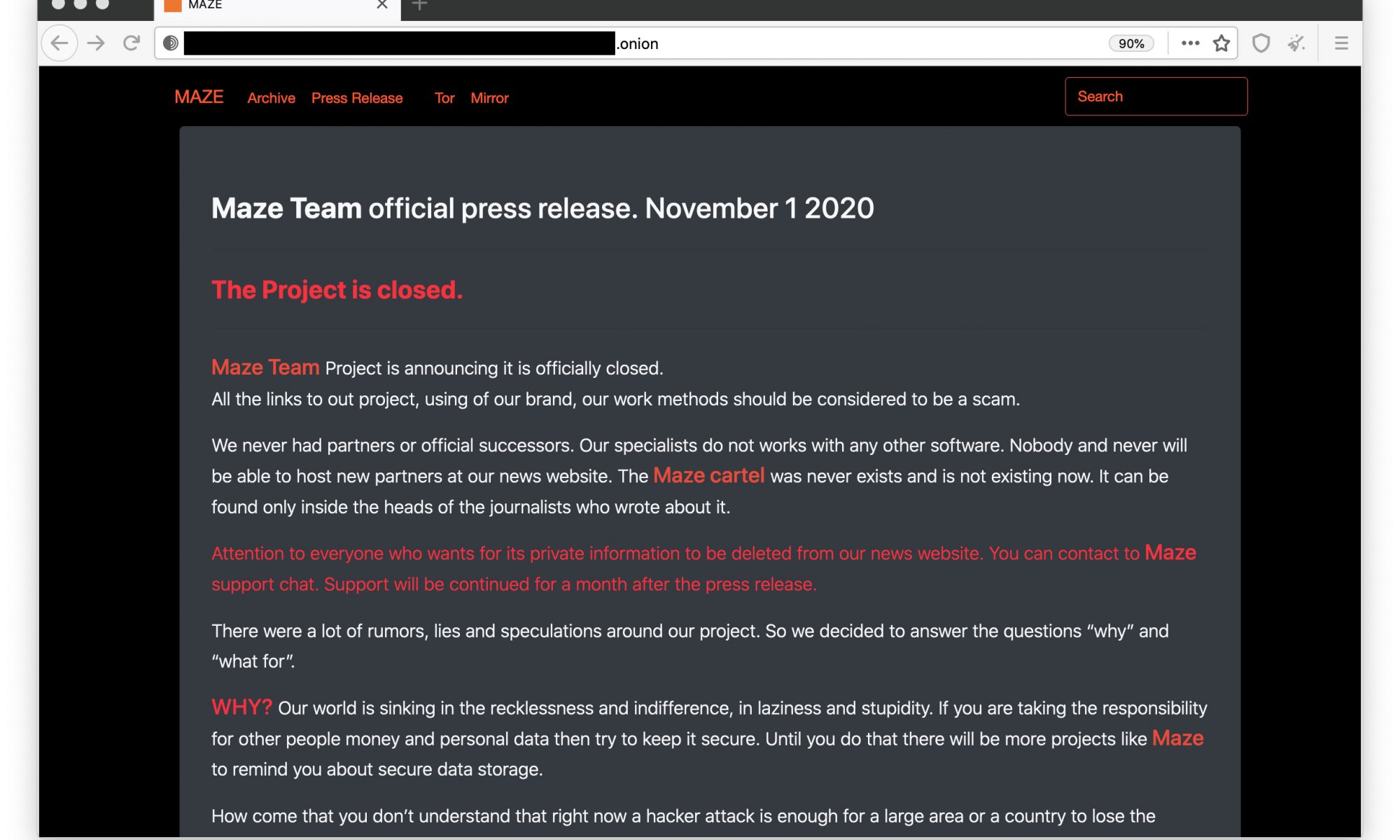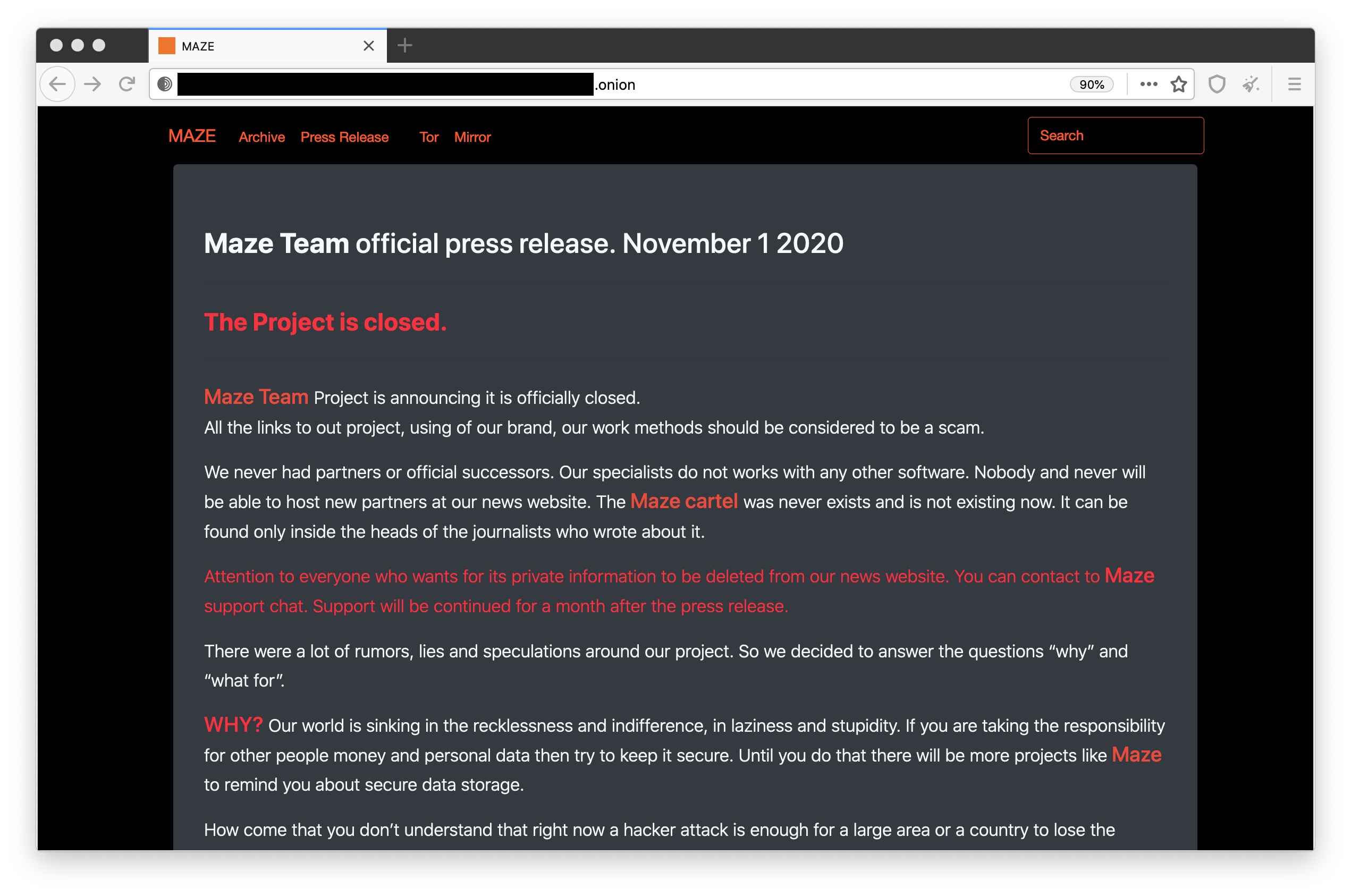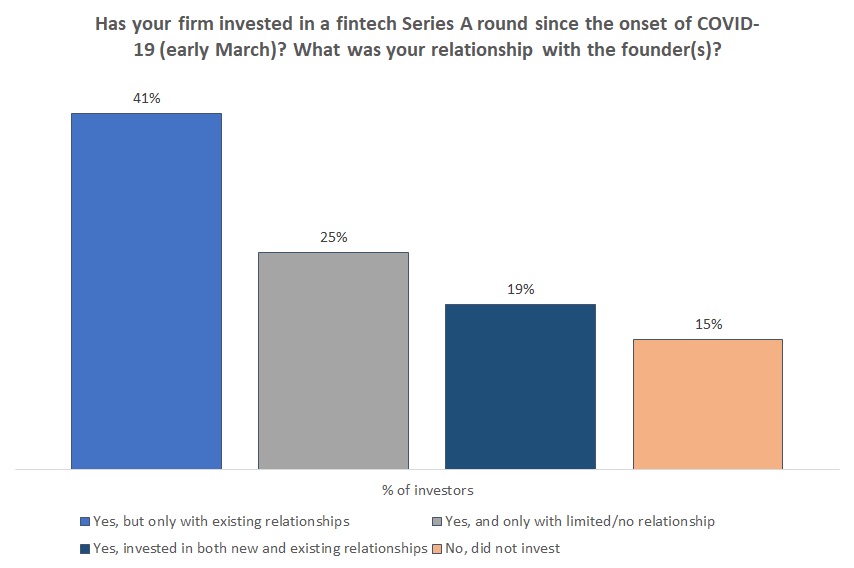When Quibi announced it was shutting its doors recently after raising $1.75 billion, it begged an obvious question: If the original idea didn’t work, why not adjust its model or do something completely different while it still had capital? It wouldn’t have been the first company to decide to shift gears. Perhaps because of the unusually large amount of money it burned through in just six months of public operation, pivoting wasn’t an option for Quibi, but it has been for countless other successful companies over the years. Sometimes an original idea simply doesn’t pan out, a market gets too crowded or a company’s founders stumble onto something they have built that is actually a better business than the original idea.
There are many such examples:
- Perhaps the most famous is Slack, which originally was a multiplayer online game before pivoting to be a communications company.
- Box launched in 2005 as a consumer storage product before deciding to take on content management in the enterprise in 2008.
- YouTube started life as a video dating service and when they didn’t get much traction they began letting people upload whatever videos they liked. Google saw enough potential to buy the company for $1.6 billion just a year after launching.
These examples — and many more — show that when your first approach doesn’t work, pivoting may be the the only logical course, but it takes courage from founders and patience from investors.
We spoke to several founders and VCs who have been through this to find out how pivots happen, and how all the parties involved adjust to shifting priorities.
Sometimes it’s a long and twisting road
A big part of founding a company is having vision. You need to believe in your idea of course, but that doesn’t mean it’s the right way to go. Sometimes it pays to move on. The king of pivots might be the aptly named Pivotal, which changed direction several times and even swapped owners before it went public and got acquired, all in the span of about 20 years. Ed Sim, co-founder at boldstart ventures was part of Dawntreader Ventures in the late 90s when his firm invested in an early version of the company called Metapa. Sim had a front row seat to every twist and turn in the company’s long and intricate history.
“Greenplum, which was sold to EMC and eventually became Pivotal Software, was initially called Metapa. Metapa was in the Akamai space and as the markets cratered in 2001 for funding infrastructure projects, Scott Yara (the company’s founder) and team bought a small company called Didera and turned it into Greenplum, the first petabyte scale data warehouse built on top of open-source technology,” Sim told TechCrunch. It didn’t end there though as Sim continued, “Once again, years later, Scott recruited his replacement CEO, Bill Cook, and they paired together to sell Greenplum to EMC and eventually spin back out and take the company public as Pivotal Software.”
It’s worth noting that Pivotal eventually ran into financial problems when its stock tanked last year, but fellow Dell/EMC family member VMware saved the day by acquiring it for $2.7 billion.
Sometimes you stumble onto an idea
Segment, the customer-data platform company that was recently sold to Twilio for $3.2 billion was originally a college lecture sentiment platform, according to CEO and co-founder Peter Reinhardt. “Our first idea was a classroom lecture tool, ClassMetric, which gave students a button they could press in class to let professors know, in real-time, that they were confused. I like to think of it like a pulse monitor for class confusion,” Reinhardt told TechCrunch
That idea quickly failed when professors testing it found that inviting students to open their laptops to test their sentiment just led them to start playing Solitaire or checking Facebook. Professors weren’t thrilled and they moved on. The founders, who were MIT students at the time, decided they wanted to build an analytics tool instead, but it turned out that competition from Google Analytics and Mixpanel at the time proved too steep.
“We spent a year on development, but it was a crowded market and we struggled to carve out our own niche. We were rapidly running out of capital and the pressure was on to find something new,” he said. They were actually considering simply packing it in, but they had developed a tiny open-source tool called analytics.js, which they used to get data into their failed analytics product. At that point, desperate for an idea, one of the founders suggested posting the open-source tool on Hacker News.
Source: Tech Crunch











